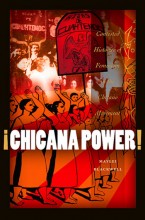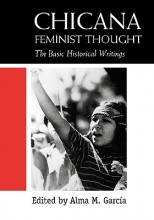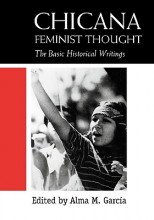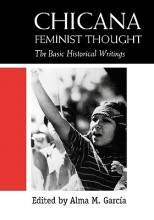This week, I went to the LA County Museum of Art to see In Wonderland, an exhibit featuring surrealist art by women. The exhibit focused on the surrealist art of women from the United States and Mexico, and much of it came from the mid-20th century. Great social movements often happen in art before they happen on the ground, and feminism was no different. These women were posing questions about and exploring the complexities of their gender and its powers through art oftentimes before there were mass political and social feminist uprisings. Even in these early days, the differences in the feminisms between usually white American female artists and their contemporaries in Mexico were apparent.
The Mexican female surrealist whose paintings were most widely shown in the exhibit were of course those of Frida Kahlo, a women who hardly needs an introduction. She is revered and remembered for her art as well as her life (and for the recent biopic film about her starring the subject of my previous post, Salma Hayek). Among many other things Frida Kahlo was a Mexican surrealist painter and a feminist, and three quarters of a century ago she was challenging many of the same notions that would be challenged by the contributors to This Bridge Called My Back and This Bridge We Call Home so many years later.
Unlike many of the white American female surrealists in the exhibit, Frida’s work nearly always involved some sort of visual dialogue between her womanhood and her ethnicity and culture. In one famous painting, The Two Fridas, she creates a self-portrait by portraying two versions of herself. As one Frida, she is in a wedding dress. As they other Frida, she is in traditional clothing. The two are connected by the heart and by the hand, though they do not look at each other and they do not express any happiness. She seems to be acknowledging her role as wife and her role as Mexicana as important parts of herself, but also admitting that she is not entirely anything and that she is not entirely fulfilled in being these things. 
Much is known about her inability to conceive a child because of a destroyed reproductive system, and as a Mexican woman (and really all women of that time period), your femininity is often reliant on your ability to procreate. This obviously jarred her definitions of traditional womanhood, as did her bisexuality.
In a lot of ways, she reminds me of Gloria Anzaldua and her ideas about los intersticios. Frida was very much a woman and embraced her femininity, but one who could not conceive and who occasionally enjoyed sexual intimacy with other women, both of which otherize her from the hegemonic ideal of what it means to be a proper woman. She loved her husband, but she did not occupy the ideal of a faithful wife. She was loyal to her culture but could not accept its strict definitions of women and its celebration of the machisimo that made her husband a violent man. Stuck between many worlds, she channelled her unique viewpoints into art to make personal statements that could be accessed by many. Many of these statements are mirrored still today in Women of Color Feminism, and the women making these statements should call Frida Kahlo one of their foremothers.

 I picked up the first thing that caught my eye. It was a thin pamphlet, in photocopied black and white, with an anarchy symbol and the title “Anarchist Queer Person of Color” handwritten across the front. Cautiously I opened it. I read its intoxicating eight pages three times in quick succession. I closed it, and looked around, wondering how my mind could have expanded so vastly without anyone around me noticing. I read it once again, slowly, letting each of the ideas it presented bounce around in my headspace and develop. Truthfully, the zine presented me with more questions that answers. In light of this Chicana Feminism class I find myself in, I was left with, and am still left with, one main question: Is anarchy the natural progression of feminism, especially for women of color?
I picked up the first thing that caught my eye. It was a thin pamphlet, in photocopied black and white, with an anarchy symbol and the title “Anarchist Queer Person of Color” handwritten across the front. Cautiously I opened it. I read its intoxicating eight pages three times in quick succession. I closed it, and looked around, wondering how my mind could have expanded so vastly without anyone around me noticing. I read it once again, slowly, letting each of the ideas it presented bounce around in my headspace and develop. Truthfully, the zine presented me with more questions that answers. In light of this Chicana Feminism class I find myself in, I was left with, and am still left with, one main question: Is anarchy the natural progression of feminism, especially for women of color?




